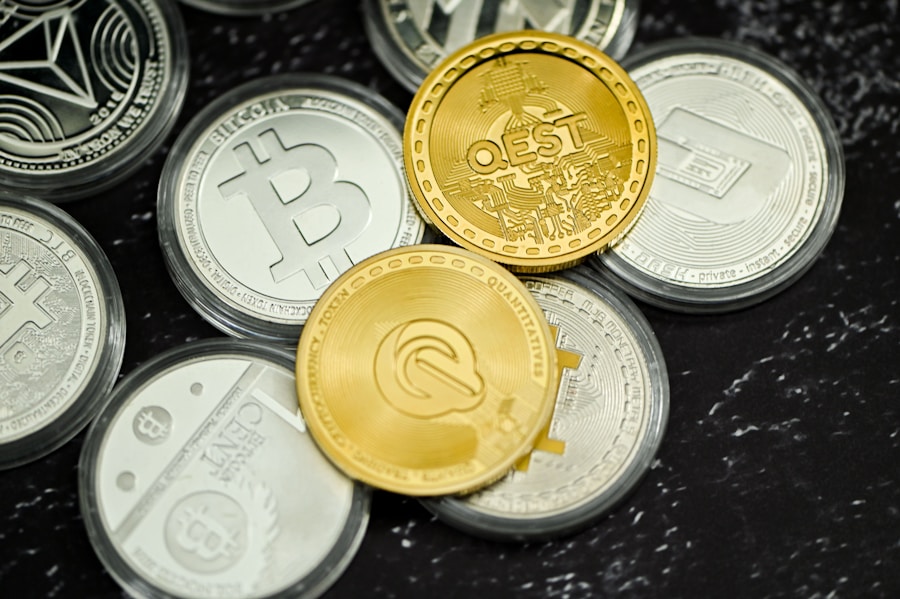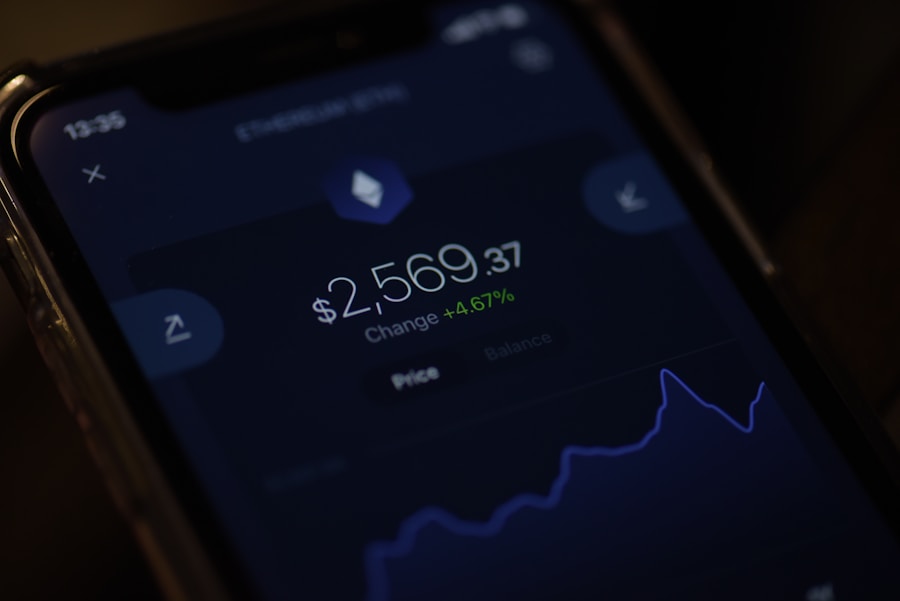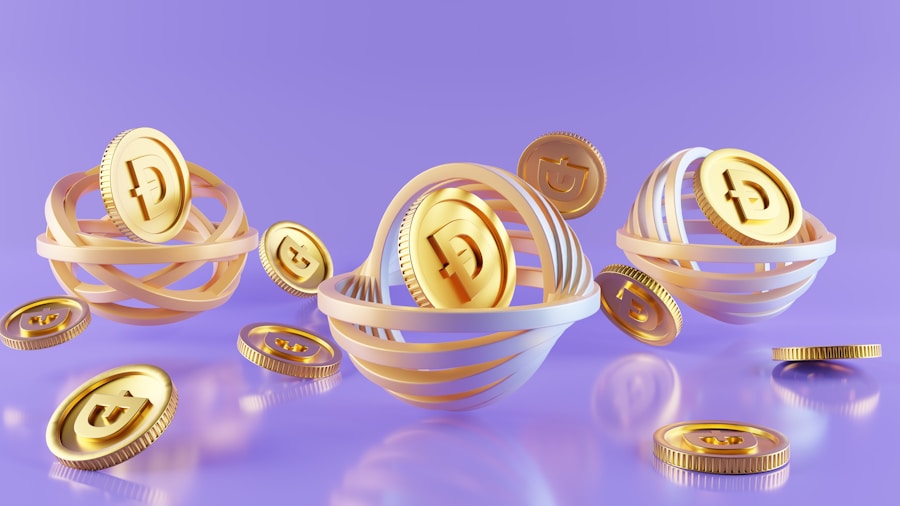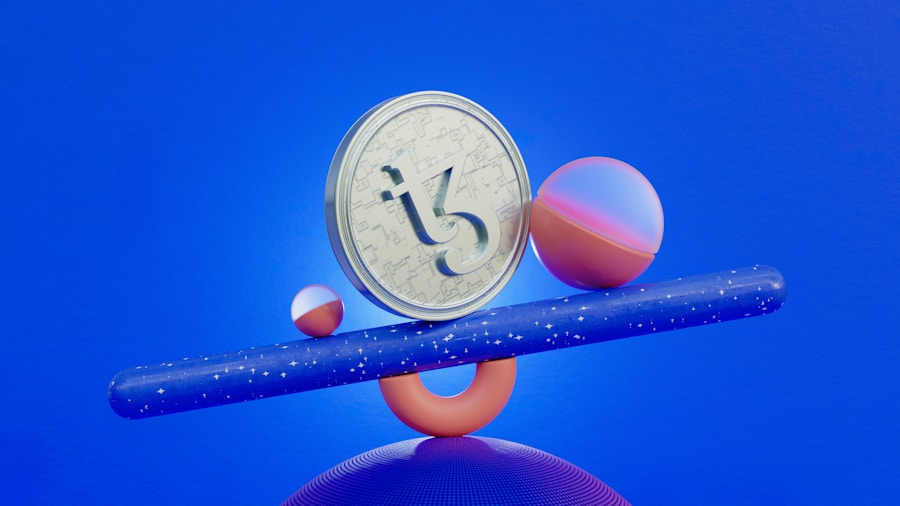NFTs, or non-fungible tokens, have taken the world by storm in recent years. These unique digital assets have revolutionized the way we think about ownership and value in the digital realm. While NFTs have gained popularity in various industries, such as art and collectibles, they have also made a significant impact in the gaming and investing sectors. NFT rewards in gaming and investing offer a new frontier for enthusiasts and investors alike, providing exciting opportunities and possibilities.
Understanding NFTs
NFTs are digital assets that represent ownership or proof of authenticity of a unique item or piece of content. Unlike cryptocurrencies like Bitcoin or Ethereum, which are fungible and can be exchanged on a one-to-one basis, NFTs are indivisible and cannot be exchanged on a like-for-like basis. Each NFT has a distinct value and cannot be replicated or replaced.
NFTs operate on blockchain technology, which ensures transparency, security, and immutability. When an NFT is created, it is assigned a unique identifier that is stored on the blockchain. This identifier serves as proof of ownership and can be verified by anyone with access to the blockchain.
Examples of NFTs include digital art, virtual real estate, in-game items, music albums, and even tweets. These digital assets can be bought, sold, and traded on various online marketplaces that specialize in NFT transactions.
The Rise of NFT Gaming
NFTs have had a significant impact on the gaming industry, transforming the way players interact with games and virtual worlds. With NFTs, players can truly own their in-game assets and have the ability to buy, sell, and trade them freely.
NFT gaming has gained popularity due to its ability to provide players with true ownership and value for their virtual possessions. In traditional gaming, players spend countless hours grinding for rare items or achievements, only to have them remain within the confines of the game. With NFT gaming, players can monetize their efforts by selling their in-game assets for real-world value.
Popular NFT games include Axie Infinity, Decentraland, and CryptoKitties. These games allow players to collect, breed, and trade virtual assets that are represented as NFTs. The value of these assets can fluctuate based on supply and demand, creating a dynamic and exciting gaming experience.
NFT Rewards in Gaming
NFT rewards in gaming offer a unique incentive for players to engage with a game and achieve certain milestones or objectives. These rewards can range from rare in-game items to exclusive NFTs that hold real-world value.
NFT rewards work by rewarding players with unique digital assets that are represented as NFTs. These assets can be used within the game or traded on NFT marketplaces for real-world value. By offering NFT rewards, game developers can incentivize players to spend more time and effort in their games, creating a more engaging and rewarding experience.
The benefits of NFT rewards in gaming are numerous. Firstly, they provide players with true ownership and value for their in-game achievements. This adds a new layer of excitement and motivation for players to strive for success within the game. Additionally, NFT rewards can also serve as a potential source of income for players who are skilled or dedicated enough to acquire valuable assets.
Examples of NFT rewards in games include rare weapons or armor, unique character skins, and even virtual land or property within a virtual world. These rewards can be earned through gameplay, completing quests or challenges, or participating in special events.
Investing in NFTs
NFTs have also opened up new opportunities for investors looking to diversify their portfolios and tap into the growing digital asset market. Investing in NFTs can be highly lucrative if done correctly, but it also comes with its own set of risks and challenges.
Opportunities for investing in NFTs include buying and holding rare or valuable NFTs with the expectation that their value will appreciate over time. Investors can also participate in initial NFT offerings (INOs) or invest in NFT-focused companies and platforms.
However, investing in NFTs is not without risks. The market for NFTs can be highly volatile, with prices fluctuating rapidly based on trends and demand. Additionally, there is a risk of fraud or counterfeit NFTs, as the market is still relatively new and unregulated. It is important for investors to do thorough research and due diligence before making any investment decisions.
NFT Marketplaces
NFT marketplaces are online platforms where users can buy, sell, and trade NFTs. These marketplaces serve as the primary hub for NFT transactions and provide a secure and transparent environment for buyers and sellers.
Popular NFT marketplaces include OpenSea, Rarible, and SuperRare. These platforms offer a wide range of NFTs across various categories, including art, collectibles, gaming assets, and more. Users can browse through listings, place bids or make offers, and complete transactions using cryptocurrency.
To buy an NFT on a marketplace, users typically need to connect their digital wallet, such as MetaMask or Trust Wallet, to the platform. Once connected, users can browse through listings, view details about the NFTs, and make purchases using cryptocurrency.
Selling an NFT on a marketplace involves creating a listing with details about the asset, setting a price or accepting bids, and waiting for a buyer to complete the transaction. Once a sale is made, the seller receives payment in cryptocurrency directly to their digital wallet.
The Future of NFT Rewards
The future of NFT rewards in gaming and investing looks promising. As the technology and market continue to evolve, we can expect to see more innovative uses of NFTs and new opportunities for players and investors.
One trend that is likely to continue is the integration of NFTs into mainstream games. As more game developers recognize the value and potential of NFTs, we can expect to see more games incorporating NFT rewards and in-game economies. This will provide players with even more opportunities to earn and monetize their in-game assets.
In the investing space, we can expect to see increased regulation and oversight as the market matures. This will help protect investors from fraud and ensure a more stable and transparent marketplace. Additionally, we may see the emergence of new investment vehicles, such as NFT funds or indexes, that allow investors to gain exposure to a diversified portfolio of NFTs.
NFTs and Blockchain Technology
NFTs are made possible by blockchain technology, which provides the underlying infrastructure for creating, storing, and verifying these unique digital assets. Blockchain technology ensures transparency, security, and immutability by recording all transactions on a decentralized ledger.
By leveraging blockchain technology, NFTs are able to provide proof of ownership and authenticity. Each NFT is assigned a unique identifier that is stored on the blockchain, making it impossible to duplicate or counterfeit. This ensures that each NFT is truly unique and cannot be replicated or replaced.
Blockchain technology also enables seamless transactions and ownership transfers. When an NFT is bought or sold, the transaction is recorded on the blockchain, providing a transparent and verifiable record of ownership. This eliminates the need for intermediaries or third parties, reducing costs and increasing efficiency.
NFT Rewards vs. Traditional Rewards
NFT rewards offer several advantages over traditional rewards in gaming and investing. Firstly, NFT rewards provide players with true ownership and value for their in-game achievements or investments. Unlike traditional rewards that are limited to the confines of the game or platform, NFT rewards can be bought, sold, and traded freely on NFT marketplaces.
Additionally, NFT rewards have the potential to hold real-world value and provide a potential source of income for players or investors. This adds an extra layer of motivation and excitement to the gaming or investing experience, as players can monetize their efforts and potentially earn a profit.
However, there are also some drawbacks to consider. The market for NFTs can be highly volatile, with prices fluctuating rapidly based on trends and demand. This can make it difficult to accurately assess the value of NFT rewards and potentially lead to financial losses.
Furthermore, the environmental impact of NFTs has come under scrutiny due to the energy-intensive nature of blockchain technology. The process of minting and trading NFTs requires significant computational power and energy consumption, which has raised concerns about the carbon footprint of the industry.
How to Get Started with NFT Rewards
For beginners interested in exploring NFT rewards in gaming and investing, there are a few key steps to get started. Firstly, it is important to do thorough research and familiarize yourself with the basics of NFTs and blockchain technology. Understanding how NFTs work and the risks involved will help you make informed decisions.
Next, you will need to set up a digital wallet that is compatible with NFT transactions. Popular digital wallets include MetaMask, Trust Wallet, and Coinbase Wallet. These wallets allow you to securely store your cryptocurrency and connect to NFT marketplaces.
Once you have a digital wallet set up, you can start exploring NFT marketplaces and browsing through listings. Take your time to understand the different categories and types of NFTs available, and consider your interests and investment goals when making purchasing decisions.
It is also important to stay informed about the latest trends and developments in the NFT space. Follow reputable sources, join online communities, and engage with other enthusiasts and investors to learn from their experiences and insights.
NFT rewards in gaming and investing offer an exciting new frontier for enthusiasts and investors alike. These unique digital assets have transformed the way we think about ownership and value in the digital realm, providing players with true ownership and value for their in-game achievements, and offering investors new opportunities to diversify their portfolios.
As the technology and market continue to evolve, we can expect to see more innovative uses of NFTs and new opportunities for players and investors. The integration of NFTs into mainstream games, increased regulation in the investing space, and the emergence of new investment vehicles are just a few of the trends we can expect to see in the future.
While NFT rewards come with their own set of risks and challenges, they also offer numerous advantages over traditional rewards. The ability to monetize in-game achievements, true ownership and value, and the potential for income generation make NFT rewards an exciting prospect for gamers and investors alike.
In conclusion, NFT rewards in gaming and investing have opened up a world of possibilities, providing a new frontier for enthusiasts and investors to explore. Whether you’re a gamer looking to monetize your skills or an investor looking to diversify your portfolio, NFT rewards offer a unique opportunity to engage with digital assets in a meaningful and rewarding way.








